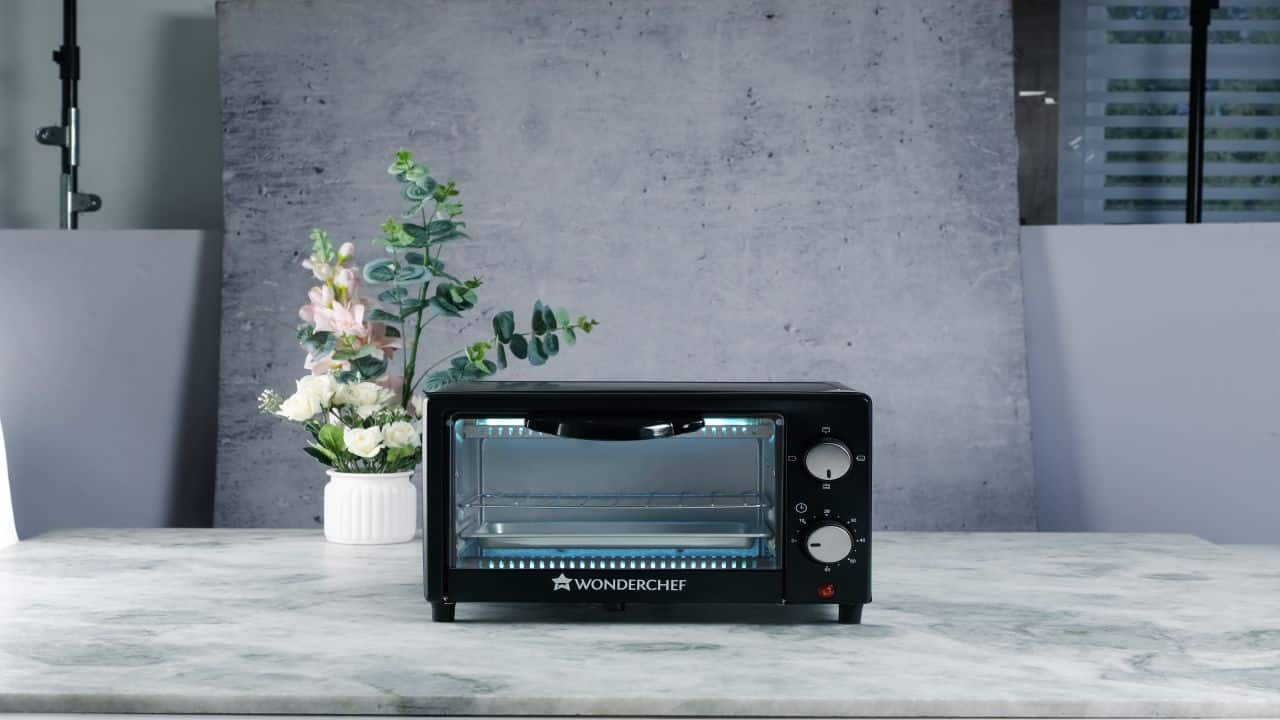What if a device could zap away the virus? Could it simply suck it in and throw it out? Or could it burn it through extreme heat?
The Coronavirus spreads not just through person-to-person contact, but also when you touch surfaces like clothes, paper, mobiles and wallets that have been exposed to a person tested positive for COVID-19.
A slew of consumer durables firms have come up with appliances that could help customers minimise the risk of contracting the virus from such surfaces. These include UVC ovens, sanitizer devices and virus-free air conditioners.
Consumer durables firm executives are of the view that COVID-19 presents a good opportunity to expand into the personal health and hygiene segment.
The personal health market is estimated to be $12 billion in India, and industry estimates suggest that FY21 will see a 35 percent growth in this segment due to the virus fears.
What are the products?
Consumer electronics firm Orient Electric announced its entry into the health appliances space in July 2020 through the launch of UV Sanitech, a box-shaped sanitisation chamber that uses ultraviolet (UVC) light to kill viruses and bacteria.
“Through our UV Sanitech, one can quickly sanitise all the products brought inside the house from outside. Also, if the box is accidentally opened, the device shuts off so that there is no harm caused to skin or eyes,” said Rakesh Khanna, MD & CEO of Orient Electric.
The company said that this product will be able to kill viruses like coronavirus (COVID-19) as well as other bacteria and fungi using UVC in four minutes. This can be used on masks, bags, electronic equipment, currency, wallets and mobile phones, among others.
In fact, this product can even be used on food items.
According to the World Health Organisation, the COVID-19 virus can survive for up to 72 hours on plastic and stainless steel, less than 4 hours on copper and less than 24 hours on cardboard.
The product is priced at Rs 11,999. This is the first such product from a consumer durable firm in India. Currently, products that are available on e-commerce sites are tiny devices, mostly for mobile phones. Amidst the COVID-19 crisis, research has proven than ultraviolet light has the potential to kill this virus.
Khanna said that there is a rise in demand for health and hygiene products amidst COVID-19.
Anti-viral oven
Similarly, in August 2020, kitchen appliances firm Wonderchef launched a product, Prato Anti-viral Oven. It is priced at Rs 4,499.
The company said that this appliance will disinfect all objects and kill 99.5 percent bacteria and viruses with exposure to Ultra-Violet C rays.
Here, the Prato Anti-viral Oven not only disinfects food items but also electronics, clothes, cash, toys, newspapers, milk packets, bags, wallets, medical equipment, masks & PPEs, delivery packets, jewellery and daily items like pens, keys among others.
Wonderchef said that since there is no rise in temperature, even raw fruits and vegetables can be kept inside and disinfected without any change in their character.
Ravi Saxena, MD of Wonderchef, said that the company is planning to launch more products to help fight the pandemic.
Virus-free air conditioner
In August, consumer durables firm Samsung launched its new range of Wind-Free ACs, India’s first air conditioners with PM 1.0 filtration capability.
This, the company said, will not just filter dust particles up to 0.3 micron in size but also sterilise viruses and bacteria using an electrostatic charger.
Samsung’s air conditioners are intended for use in homes as well as public space with exposure to large crowds like hospitals, hotels, malls, restaurants and retail stores.
Vipin Agrawal, Director, System Air Conditioning Business, Samsung India, said that consumer focus is shifting to health and hygiene. He added that the AC range will be able to sterilize bacteria and viruses inside buildings.
Research shows that COVID-19 spreads in closed spaces when one infected person’s aerosols travel within a building and is inhaled by others.
What is UVC?
Among all the products, UVC technology has taken a lead to help kill the virus in case it is present on any exposed surface. A few startups, including many from several Indian Institutes of Technologies (IIT), have developed UVC sanitizer boxes to disinfect products that are exposed to any outside environment.
UVC rays have a short wavelength. This means that this is of the same order of size of the virus causing COVID-19 and hence is highly effective in transmitting energy inside the organism. This fuses the RNA of the virus and deactivates its capability to multiply, rendering it harmless.
UVC lights are widely used in pharmaceutical plants, food manufacturing factories and hospitals to disinfect objects and exposed surfaces. However, direct exposure of eye or skin to UVC can cause damage, including wrinkles, inflammation, burns and temporary blindness.
Discover the latest Business News, Sensex, and Nifty updates. Obtain Personal Finance insights, tax queries, and expert opinions on Moneycontrol or download the Moneycontrol App to stay updated!









